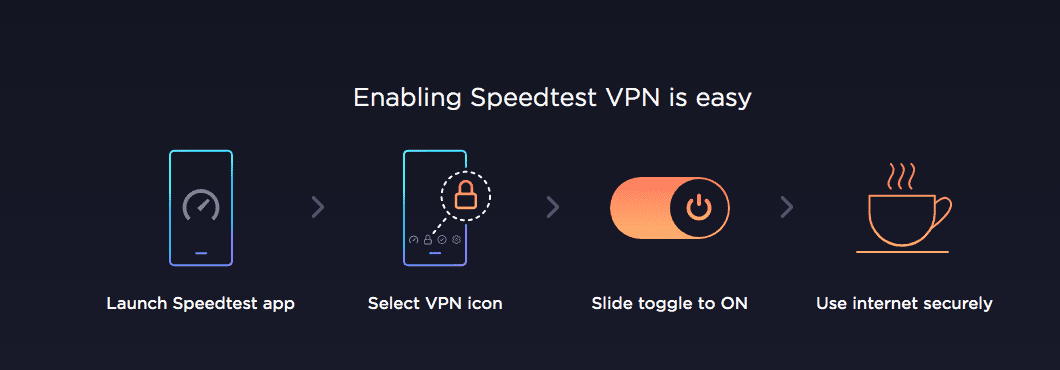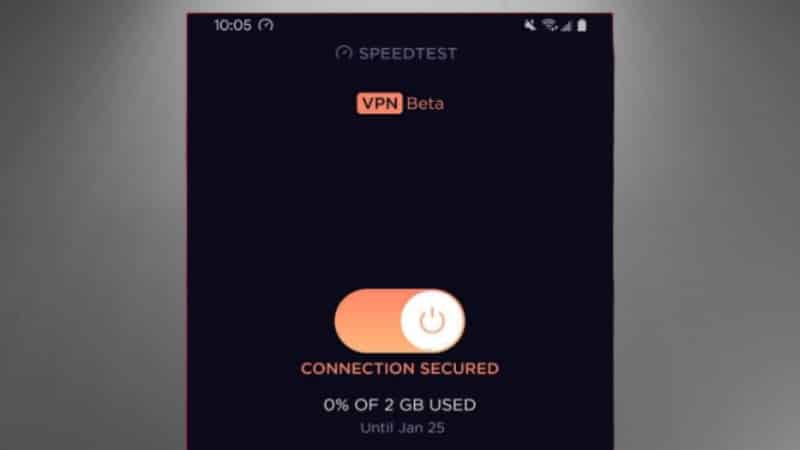
This causes immense network congestion, latency to rise above 2,000 ms., and overall poor quality of internet. We will cover bufferbloat in a later article, but in a nutshell, it’s an issue that arises when an upstream network device’s buffers are saturated during an upload. Instead, I have an asymmetrical plan with 200 Mbps download and 10 Mbps upload - this nuance considerably impacted my network design because asymmetrical service can more easily lead to bufferbloat.

I live in an area with a DOCSIS ISP that does not provide symmetrical gigabit internet - my download and upload speeds are not equal. My daily goals range from designing high performance applications supporting millions of users and testing the fastest internet connections in the world, to squeezing microseconds from our stack - so at home, I strive to make sure that my personal internet performance is running as fast as possible.

My name is Brennen Smith, and as the Lead Systems Engineer at Speedtest by Ookla, I spend my time wrangling servers and internet infrastructure.


 0 kommentar(er)
0 kommentar(er)
